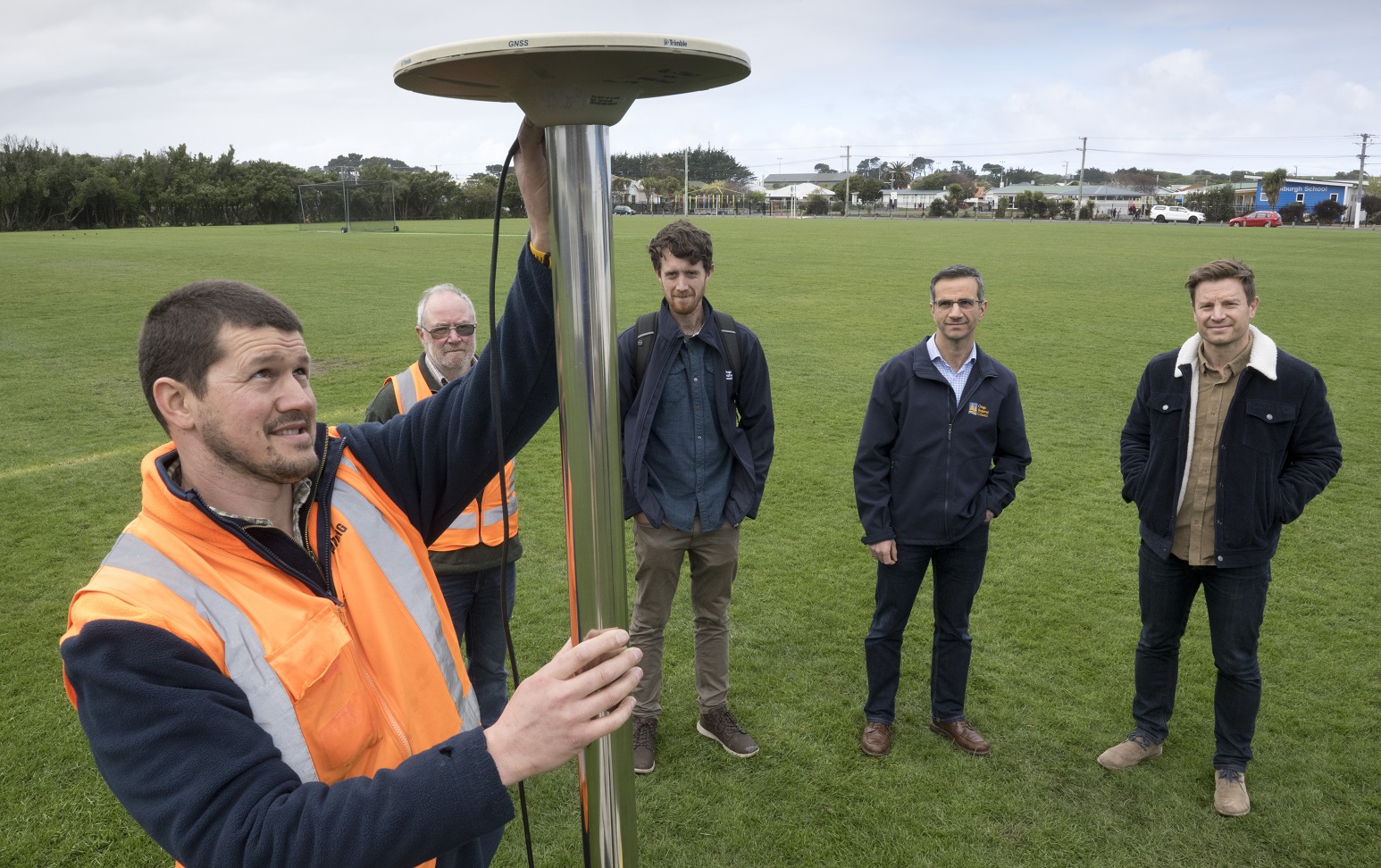
The University of Otago School of Surveying is assisting the Otago Regional Council as it installs a network of five GPS monitors capable of measuring the ground’s subsidence — over at least the next five years — down to the millimetre.
University of Otago School of Surveying senior lecturer Dr Paul Denys said while it was known South Dunedin was sinking, "we don’t really know the magnitude".
Dr Denys said there were hundreds of similar sensors spread throughout the country — there were sensors in the Southern Alps, on Otago Peninsula and the School of Surveying building itself — but they had not been deployed in an urban environment before.
The five sensors were being installed at the St Kilda Bowling Club, Portsmouth Dr, Victoria Rd, Tonga Park and De Carle Park.
"We’re dealing with a long-term disaster here ... it will take decades to play out," Dr Denys said. "Collecting information now accurately, so we actually know what we’re dealing with, will inform the decisions and the policies that will ramp out in future years."
Council natural hazards manager Dr Jean-Luc Payan said a lot of work had been undertaken in the last 20 years to understand South Dunedin’s natural environment, including the area’s groundwater.
"And we knew about land movement based on other technologies.
"What we’re trying to do now is confirm those numbers with on-site detailed equipment we didn’t have before.
"For me it’s about having local information, to confirm what other sources of information are giving us."
The information gathered over the next five years, in the roughly $120,000 project, would help council scientists understand what was going to happen in the next 50 to 100 years, Dr Payan said.
South Dunedin Future programme manager Jonathan Rowe, who is due to deliver a detailed risk assessment for South Dunedin before the end of this month, said the new network would provide "granularity" and increase the confidence of the present projections for the area.
"At this stage ... there’s a lot of uncertainty still: in terms of what emissions trajectory we’re on, how fast is the sea level going to rise ...
"If sea levels rise at a particular rate, but also the ground is going down at a particular rate, that’s going to accelerate things.
"Where we thought we might have 50-60 years, maybe we’ve only go 40.
"That’s the type of sensitivity we’re trying to test in this type of process."
In November, Mr Rowe is due to present a report on adaptation options for four separate "cells", or areas, within South Dunedin based on geography, hazards, risks, infrastructure and other measures.
This winter he warned both the regional council and the Dunedin City Council the first detailed picture of the climate change threat to South Dunedin would be "unwelcome and concerning" reading for some people.












